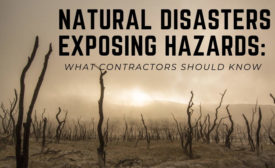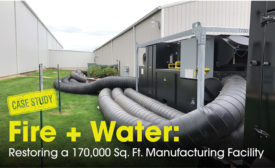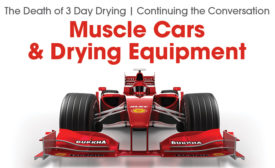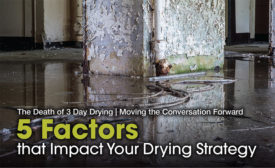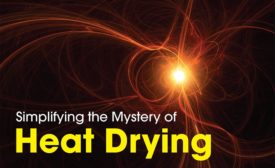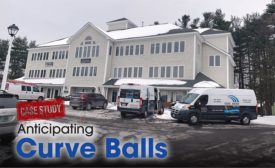Water Damage Restoration
Case Study
Fire + Water: Restoring a 170,000 Sq. Ft. Manufacturing Facility
August 25, 2020
The Death of 3 Day Drying | Moving the Conversation Forward
5 Factors that Impact Your Drying Strategy
Read More
The Intentional Restorer
Humor + Instagram: Property Restoration's Secretive Water Damage Daily
Read MoreCase Study: Anticipating Curve Balls in Remediation
Remediating a large loss during a deep freeze.
Read More
Get our new eMagazine delivered to your inbox every month.
Stay in the know on the latest disaster restoration and remediation trends.
SUBSCRIBE TODAY!Copyright ©2022. All Rights Reserved BNP Media.
Design, CMS, Hosting & Web Development :: ePublishing
